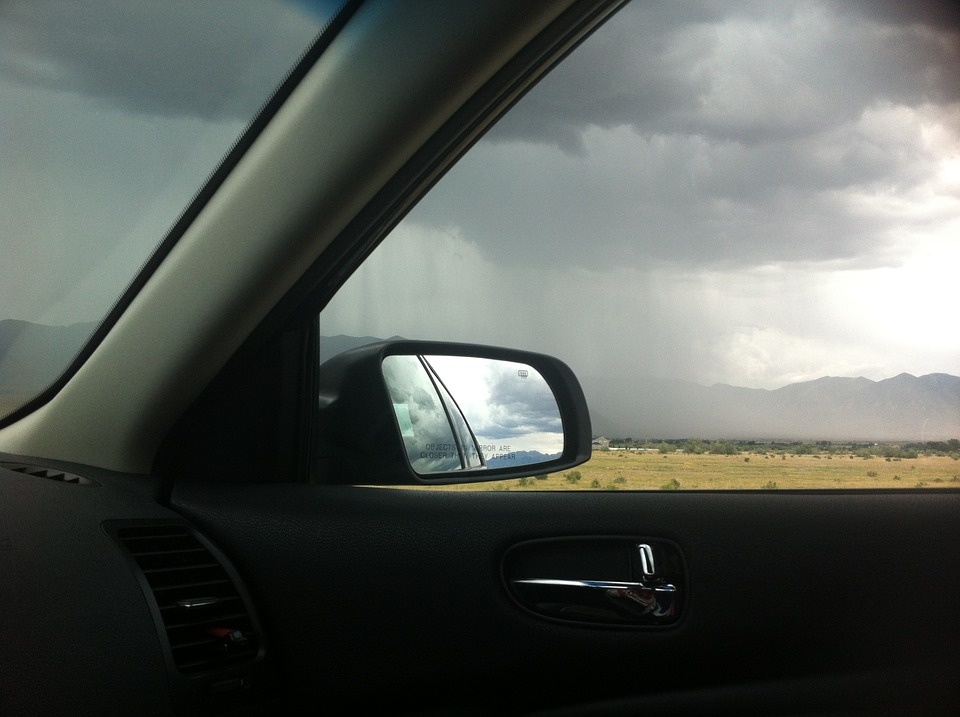How to Protect Your Car from Hail Damage
19th May 2016

Whether you live on the east coast, west coast or somewhere in the middle, you are bound to experience at hail storm at some point in time. Frozen balls of ice larger than 0.75 inches can cause significant damage, including damage to cars. But it's not just the size of hail that makes it a threat; it's also the speed at which it falls. According to NOAA, hailstones can fall at speeds of 120 miles per hour, shattering car windshields while causing direct body damage in the process. So, what can you do to protect your car from hail damage?
Park in a Covered Garage
The single most important thing drivers can do to protect their cars from hail damage is to park in a covered garage. Conventional wisdom should lead you to believe that your car is safe from hail damage if it's covered. If you live in a state that's prone to tornadoes and severe weather, consider investing in a covered garage. It will prove invaluable in protecting your car from hail and other forms of damage.
Cover Your Car
So, what should you do in the event that you don't have access to a covered garage? If the local meteorologist is calling for hail in the forecast, grab some old blankets and toss them over your car. The thicker the blanket, the more protection i will offer. Blankets will act as a barrier of protection, absorbing the force of impact while protecting your car from damage. Alternatively, you can grab your floor mats and toss them on the hood and roof of your car.
Seek Shelter
Instead of staying put, you can always seek shelter in a covered garage or facility somewhere. If you don't have a covered garage at your home, for instance, drive to a nearby shopping mall or even a friend's house to ride out the storm. Once the storm passes, you can get back on the road and go about your business.
Comprehensive Insurance
Not to be confused with full-coverage, comprehensive is a special type of car insurance that covers damage from things like fire, theft, vandalism, flooding, animals (e.g. hit a deer), and hail. You can expect to pay slightly more for a policy with comprehensive coverage, but it could prove to be well worth the investment in the long run.

